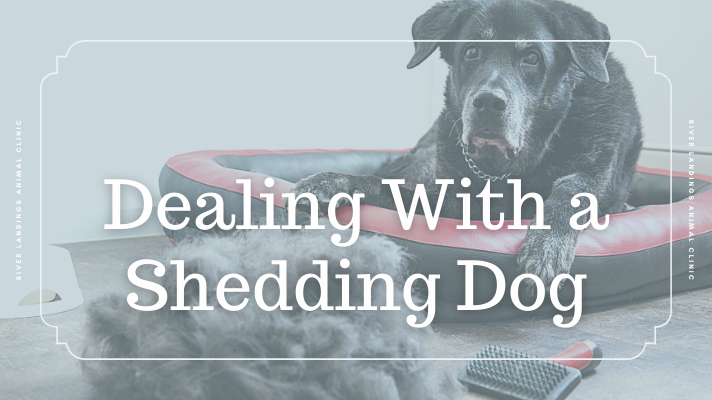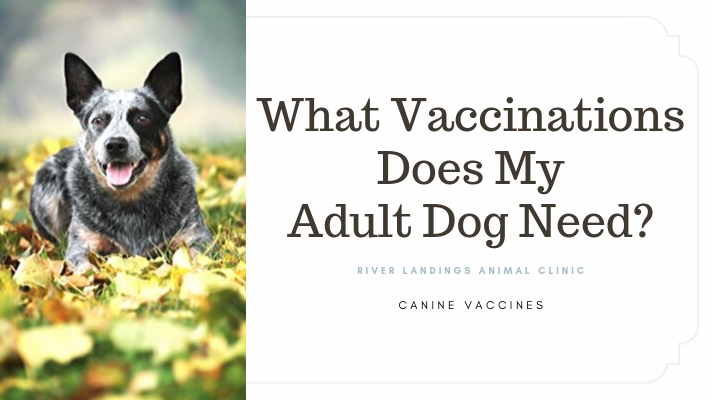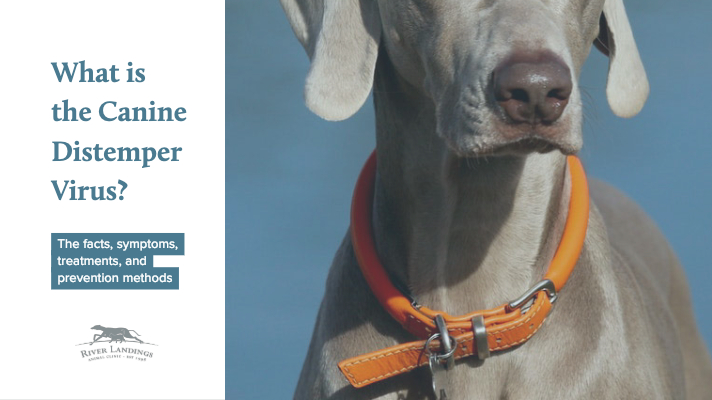Dog shedding can be frustrating for all of us, no matter how much we love our dogs. The mess of dog hair can be enough to drive dog owners crazy. All dogs shed to some degree, with the exception of completely hairless dogs. Certain breeds (“hypoallergenic dogs”) shed very little, while others (namely heavily double-coated breeds like the lovable German Shepherd) shed large amounts.
Year-Round Shedding
All animals with hair shed on a regular basis. This is part of the natural life cycle of hair shafts within the follicles. All hair shafts go through phases of growth and shedding. The phases affect the rate of hair growth and will vary by breed, age, hormones, environment, and overall health of the dog. These factors also contribute to the length and texture of the hair, though genetics is the predominant factor.
Dogs with continuously growing hair, like poodles and Yorkshire terriers, have hair shafts with longer life spans and shed very little. On the other hand, dogs like labradors and huskies have a shorter hair shaft lifespan and more abundant undercoats, resulting in greater shedding.
Shedding Season
In general, most dogs will shed extra during spring and fall. Most dogs are double-coated; they have undercoats and top coats. The top coat is what you see and feel on the outside. The undercoat is made up of secondary hairs that grow around the primary hairs and tend to be shorter and softer. Seasonal shedding occurs as a result of temperature change. This process is sometimes called "blowing coat." When the weather warms, dogs shed their old winter undercoats to make way for a lighter summer coat. Then, when it begins to get cool again, dogs shed their lighter undercoats and grow thicker, warmer coats for winter.
Not all coat types are affected the same way by temperature changes. For example, dogs like Bichon Frise and Shih Tzus have less undercoat, so they shed less when seasons change. The old coat must still be removed by grooming the dogs. However, dogs like Newfoundlands and Malamutes have heavy, thick undercoats that make shedding much more obvious. Basic brushing is important for both coat types.
Other Reasons for Shedding
Your dog's health can affect the shedding rate, so it is important to take note of unexplained excessive shedding. Skin problems, endocrine diseases, nutritional or vitamin deficiencies, and other metabolic disorders can cause hair loss or change the rate of hair growth. It is important to contact your veterinarian if the rate of shedding seems unusual for your dog. Keep your dog healthy with routine vet visits and proper nutrition. Contact your pet’s vet immediately if you notice any signs of illness.
Get Control Over Shedding
There's no way to completely stop shedding. It's a healthy and natural process that is necessary for dogs. Shaving your dog down is not a good idea, as it can interfere with your dog's natural self-cooling and self-warming mechanism. In the long run, it will not make shedding occur any less. In rare cases, the hair in shaved areas will grow back abnormally or not at all. The key to preventing excessive shedding is to keep up with it through brushing.
Routine grooming is absolutely essential for all dogs. Brushing or combing your dog helps to remove dead hairs before they can fall on your carpet, bedding, and upholstery. It will also prevent those dead hairs from forming mats on your dog's coat that can eventually harm the skin. Brushing also distributes the natural, healthy oils produced by the skin throughout the hair coat. Using the right grooming tools can make a great difference. For heavy shedders, a special shedding tool like the FURminator can work wonders but be mindful of not pushing down too hard when using it. For some coat types, the dead hairs don't shed as much, but they cause the dog's coat to appear ragged and can eventually become matted. Some owners prefer to take these dogs to a professional groomer periodically for coat care. For some coat types, hand-stripping is a technique that is often preferred over trimming the dog's hair.
Managing the Aftermath of Shedding in Your Home
Shedding makes a mess, no doubt about it. As a dog owner, you have probably come to terms with the fact that regular house cleaning is the norm, especially during shedding season. The key is to remove hair before it has a chance to embed itself into your carpet and upholstery. Keeping a pet hair tape roller around for touch-ups throughout the day is an excellent idea. For deeper cleaning of upholstery and small areas, consider using a handheld vacuum designed to pick up pet hair.
Hear From Us Again
Don't forget to subscribe to our email newsletter for more recipes, articles, and clinic updates delivered straight to your e-mail inbox.
Related Categories:






